Over beers in an Auckland bar it must have sounded like a novel way to celebrate his big five-oh: take one motorised rickshaw and a couple of mates and drive 750 miles through the Himalayas.
However, one night last June, at well over 16,000 feet and with temperatures below freezing, John Stokes had time to reflect on what was quickly morphing from a bit of a laugh to a quite literal mid-life crisis.
“Things were looking bleak and we were worried we weren’t going to survive,” he says. “The higher we climbed, the slower the rickshaw went in the thinning air, until it was doing 10mph at most.
“We’d totally miss-timed the day’s drive. We were four hours behind schedule in the pitch dark in a rickshaw with nothing but a fabric roof for protection, crawling along a rough, twisting Himalayan track with vertical drops on each side and rivers of snow melt crossing our path.”
In fairness to The Adventurists, the Bristol-based organisers of the Rickshaw Run Himalaya, which, each June, runs from Leh to Shimla and then back again the following September, the company’s website made clear just what Stokes was signing up to.

It states: ‘You are driving a very unsuitable vehicle on very bad roads in a very remote part of the world. These are genuinely dangerous things to do. Individuals who have taken part in past adventures have been permanently disfigured, seriously disabled and even lost their life. This is not a glorified holiday.’
The Adventurists was founded in 2007 with the aim of giving what the company calls ‘extreme escapade-loving travellers’ something rather more than a backpacking trip around Thailand. Adventures have included driving tuk-tuks across India, Nissan Micras to Outer Mongolia and monkey bikes over the Sahara.
The idea of navigating a corner of the Himalayas in a motorised rickshaw grew out of The Adventurists’ existing rickshaw runs across Sri Lanka and India. Matt Dickens, the company’s so-called ambassador of adventurism, reconnoitred the route in 2016 before leading a pioneers’ run of Adventurists veterans charged with establishing its feasibility. The run from Leh to Shimla was finally signed off in 2017.

The route includes the challenging and dramatic, 298-mile-long Leh to Manali road that ranges in altitude from 10,500ft to 17,500ft. Along the way travellers must negotiate the Taglang La, a mountain pass at an altitude of 17,500ft.
“Leh to Shimla takes seven days but the section to Manali accounts for two of them,” says Dickens.
One of its more welcome features is the Zingzing Bar, a roadside teahouse at a relatively low-lying 14,000ft. You must earn your cuppa, though, since it’s heralded by an extended sequence of extreme switchbacks that would test the nerves of any Reliant Robin driver, never mind a frozen and inexperienced rickshaw-adventurist thousands of miles from home.
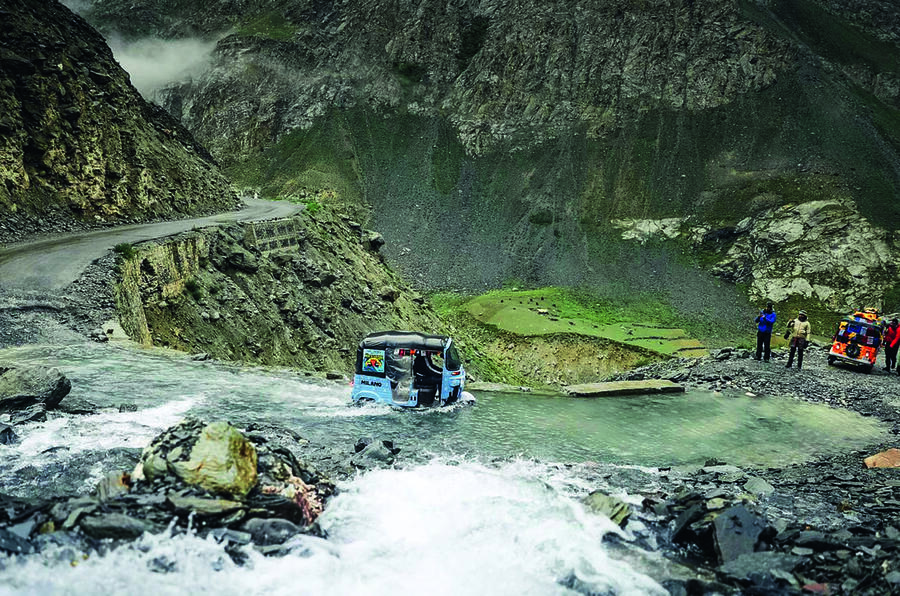
“The organisers give you a short driving course at the beginning of the trip, show you some basic maintenance tasks and warn you about altitude sickness, but then you’re on your own,” says John Stokes. “We soon learned to take corners carefully because tipping over is a risk. Fortunately the rickshaw is light so you can drag it upright easily enough.”
Meanwhile, Dickens reckons that after Manali, the 85-mile-long Spiti Valley road is easily the toughest he’s driven anywhere in the world and everything you might imagine a Himalayan ‘highway’ to be: narrow, steep and occasionally almost impassable thanks to landslides and crossed by rivers of snow melt.
“The Kunzum Pass is the highest point,” he says. “The switchbacks are steep and tight and there are signs everywhere warning drivers to be careful.”
Many of the extreme sections along the Himalaya run from Leh to Shimla are closed for much of the year due to snow and ice, but they open briefly from May to September. Encountering crews from the Border Roads Organisation tirelessly repairing the highway is common, but much of their maintenance work is undone during the cold months.

A rickshaw sounds like a thoroughly unsuitable vehicle for such conditions (which, of course, is the point). Stokes recalls meeting locals along the way who claimed never to have seen one. However, he also says the only time his team was stopped in its tracks was when they encountered deep sand and struggled increasingly desperately to free their bogged-down vehicle. In comparison to that, pushing it through 18in of rushing snow melt later on in the drive was a doddle.
“Forget cruising along and admiring the scenery and instead prepare to spend most of your time in first gear if you’re lucky, or pushing your rickshaw if you aren’t,” he says. “And if someone’s selling petrol at the roadside, first check it’s not sunflower oil and then buy it, because you don’t know when you’ll find you next top-up.”
Dickens is unrepentant.
“The idea is that if people get stuck, they sort themselves out,” he says. “If that means asking for the help of locals, then so much the better, since the trip is about interacting with the communities you meet along the way.”
That interaction can extend to bunking down in a stranger’s house or negotiating your way into one of the nomadic-style encampments along the route at some ungodly hour. However, as Stokes discovered on the night following his near-death experience, it might also mean breaking into the nearest hut.
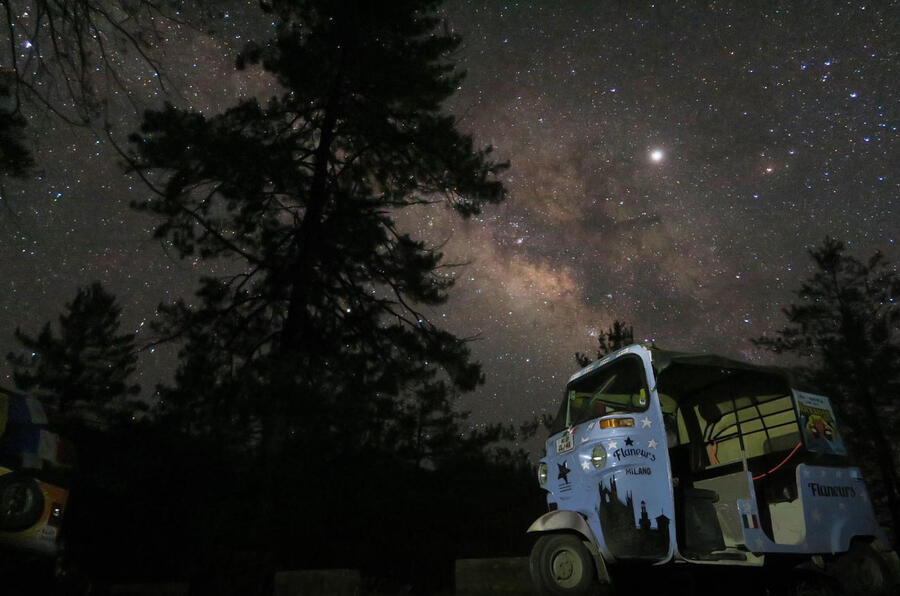
“It was dark and had been snowing, and we were losing time,” he says. “And then we had to push the rickshaw through 18in of rushing water. We were exhausted but found an abandoned hut and crashed out. It was a real low point, not helped by the fact that we’d been wearing the same clothes for four days.”
Among the more bizarre aspects of the Himalaya Run is the fact that participants can have their rickshaw painted by locals in a design of their choice before they set off. A convoy of luridly painted three-wheelers, more than three miles above sea level, must surely count as one of the wonders of the world.
Meanwhile, a condition of entry to the run is that participants donate £500 to Cool Earth, The Adventurists’ charity of choice that works to preserve the Peruvian rain forest (£1.5 million has been raised so far), and a further £500 to another charity of their choosing.
However, as the temperature fell that June night and John Stokes and his fellow team members became increasingly fearful for their lives, saving the rainforests must surely have been the last thing on their minds – and that warm bar in Auckland somewhere near the top.
Read more
15 countries in 24 hours with a Bentley Continental GT​
The ultimate motoring bucket list, according to Autocar writers
A road trip in Britain's cheapest used car​





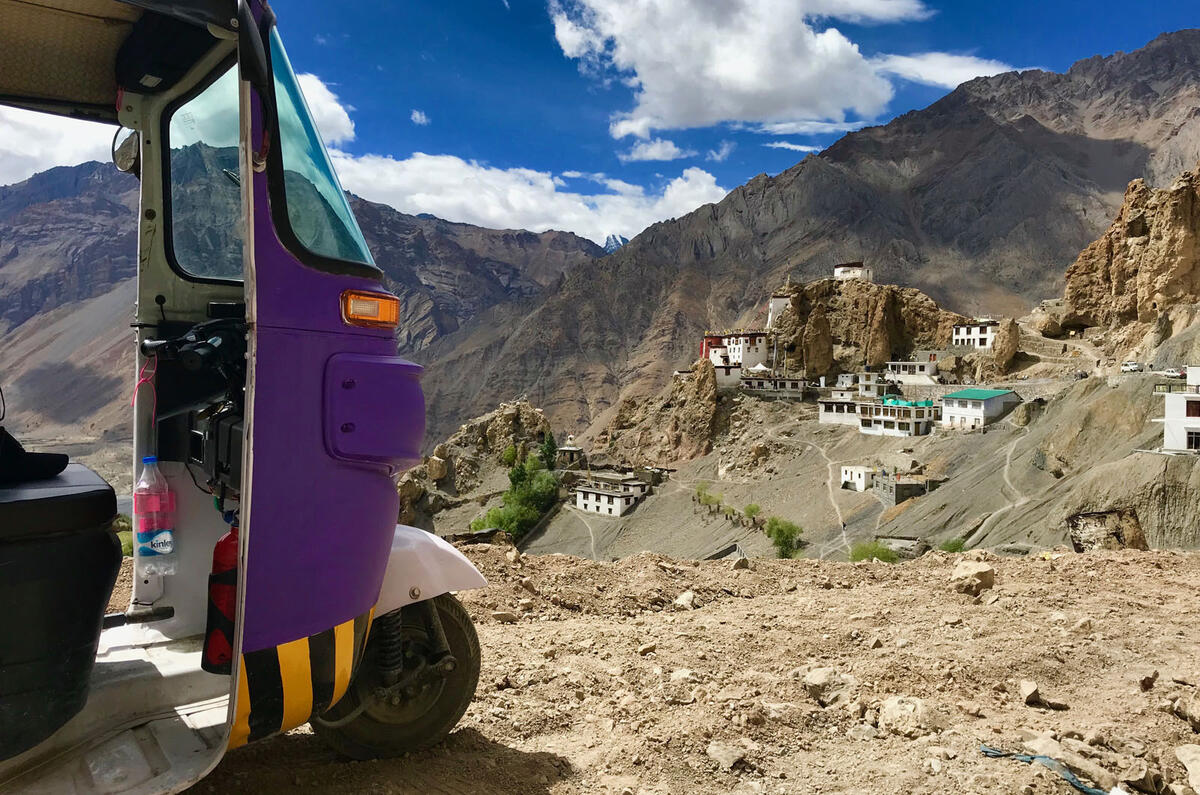







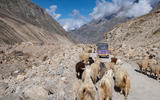

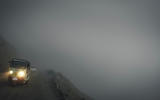





Join the debate
Add your comment
Awesome post
Thank you for sharing this amazing article.. You have given the tremendous information in it.
Rickshaw
The Rickshow must go on